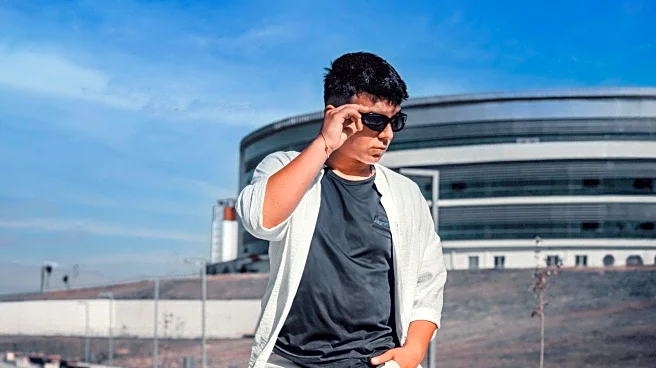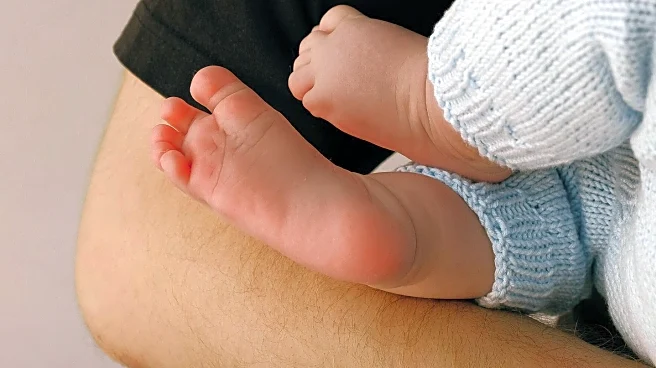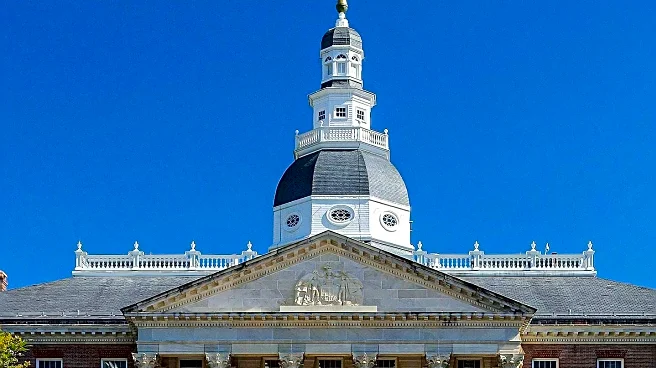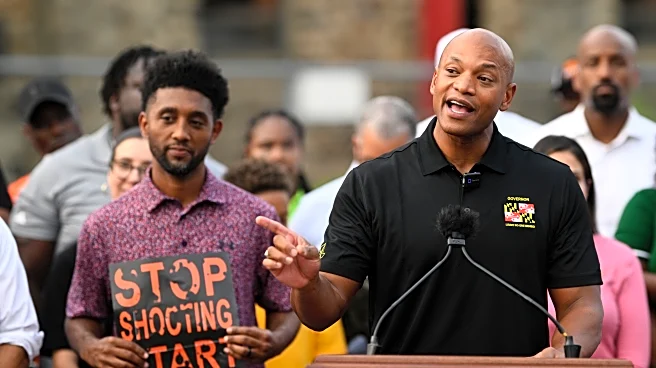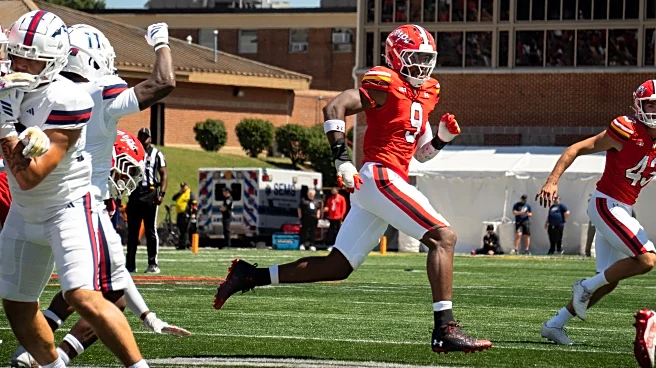What's Happening?
Chandler Crews, a 31-year-old woman from Maryland, has undergone multiple limb-lengthening surgeries to address the effects of achondroplasia, a common form of dwarfism. Starting at age 16, Crews underwent three bone-cutting and stretching operations to correct bowed legs, reduce pain, and increase her independence. These procedures were covered by her life insurance as they were deemed medically necessary. Now standing at 4 feet 11 inches, Crews uses her experience to raise awareness about the genetic disorder through her nonprofit, the Chandler Project. Her journey highlights the challenges faced by individuals with achondroplasia, including frequent hospital visits and societal misconceptions.
Why It's Important?
Crews' story sheds light on the broader issues faced by individuals with dwarfism, such as medical complications and societal treatment. Her advocacy work aims to educate the public and support those with similar conditions. The surgeries have allowed her to live more independently, challenging the narrative that individuals with dwarfism must conform to societal limitations. Her efforts could lead to increased awareness and potentially influence public policy regarding healthcare coverage for necessary medical procedures for those with genetic disorders.
What's Next?
Crews continues to advocate for the achondroplasia community through her nonprofit, aiming to provide support and raise awareness. Her story may inspire others with similar conditions to seek medical interventions that improve their quality of life. Additionally, her advocacy could prompt discussions on healthcare policies and insurance coverage for genetic disorders, potentially leading to broader support and resources for affected individuals.
Beyond the Headlines
Crews' experience highlights the ethical considerations of medical interventions for genetic disorders. Her decision to undergo limb-lengthening surgeries raises questions about the balance between embracing one's natural condition and seeking medical solutions for a better quality of life. This narrative could influence cultural perceptions of disability and normalcy, encouraging a more inclusive society.
